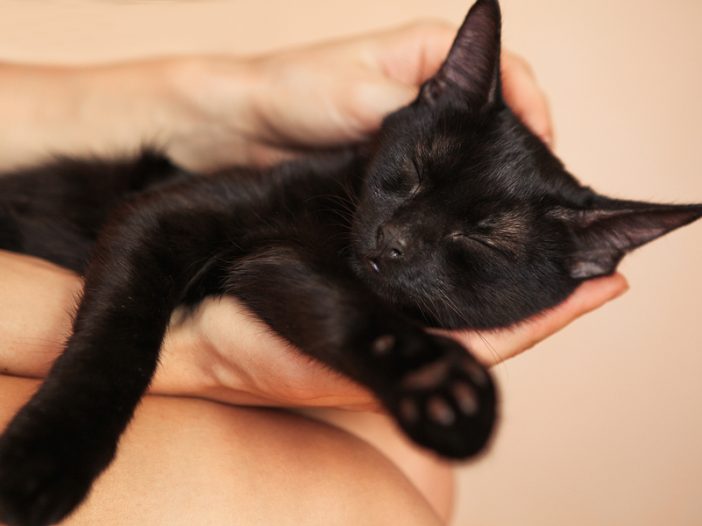
“You don’t understand.”
This is the statement given to me by anguished owners responding during their most difficult hours. My empathy sounds empty, as though I could never know or understand their pain.
I glance into the corner of room five and quickly look away from the spot I last held my beloved pet after he had already crossed the rainbow bridge away from me.
“I’m so sorry for your loss. Would you like to see him?”
Teary eyes avoid mine as she nods yes, unable to speak. I stand up and exit the room walking back to the treatment area. My eyes fall upon the wet table where I see the lifeless body of her beloved pet, our greatest attempts unable to bring him back to her. The other nurses and I prepare him the best we can; catheters removed from shaved legs, which are hidden from view under a soft, fluffy blanket.
Nothing made me understand the horror families feel as their pet disappears into the treatment area better than the day it happened to me.
I remember everything as snapshots of a blurred memory. I was standing at the base of the staircase talking with my doctor when the code blue was called. We both raced up the stairs; I remember the tan of each stair under my purple shoes. Upon reaching the ER, I saw a large black cat in my periphery as I ran to the catheter drawer. My right fist was full of catheters, and my left was halfway to the clipper blades when I hear my doctor speak.
“Is this your cat?”
I look at the wet table, really look, for the first time and see a black and white paw; a paw I knew all too well. I immediately drop the catheters and back away in shock. I step around my doctor and feel tears start to fall on my cheeks as I look down at the face of my cat.
“He has asthma. No other health conditions,” I mumble as I walk out of the ER. From there I remember only blurred scenes. I am walking down the stairs. I am hiding in the laundry room. He is an indoor cat; I don’t know what could have happened. I am crying to our surgeon as she tries to usher me into her office, but I can’t leave him.
I walk back into the ER where I see familiar faces doing familiar things to a large black cat; he doesn’t even look like mine right now. I look up as my doctor says familiar words, “I got him to fibrillate; we shocked him but he’s back in asystole.” I see a look on his face I have seen many times before; a look of doubt. He won’t come back.
“Just stop.”
I walk over as everyone backs away from the wet table. I start to notice the familiar parts of my cat as tubes disappear. I walk into room five cuddling him in my arms one final time.
The decision to stop CPR on my cat was all at once the hardest and easiest decision I have ever made. He was gone, but I did not want to say goodbye.
I blink back tears slowly as I look down on the wet table today. Images of my cat disappear as I carry my patient into the room while his mother weeps. Wordlessly, I hand him to her so she too can say her final goodbyes.
I take a deep breath and walk back to the front; there are other patients waiting to be seen.
“Bella? I can check you in now?” I stand in the lobby with a smile as another family stands and walks down the hallway with me.
“Oh, not that room please.” The mother says to me. “That’s where we said goodbye to our other dog.”
I nod solemnly. I understand that feeling. We go into a different room.
Responding to my own cat’s code changed my perspective on the state of mind the families I help are in. The feeling of panic, helplessness, and confusion made me forget what medicine was. I use that knowledge now to help console families struggling to comprehend their own heartbreaking experience.
The views and opinions expressed in this article are those of the author and do not necessarily reflect the position of the DrAndyRoark.com editorial team.

ABOUT THE AUTHOR
Jennifer is an emergency and critical care nurse at BluePearl Veterinary Partners in Utah. She graduated from UC Davis where she gained a love of patient care. When she is not working, she is busy taking care of her four cats, and fishing with her soon-to-be husband, Paul.